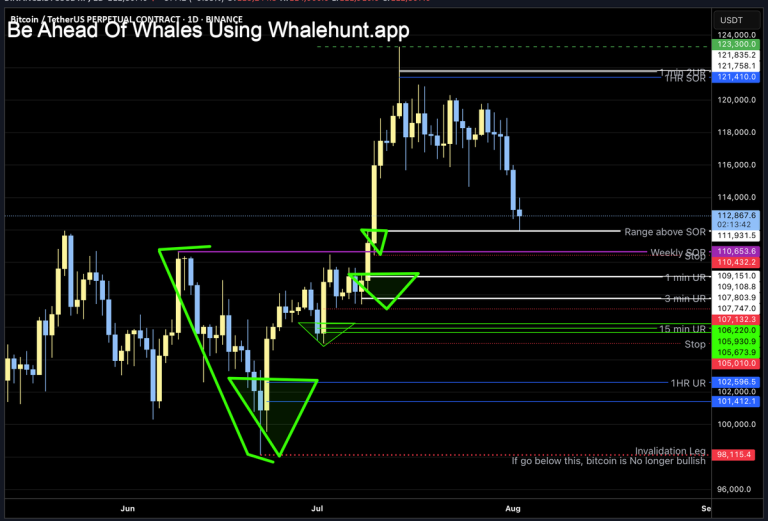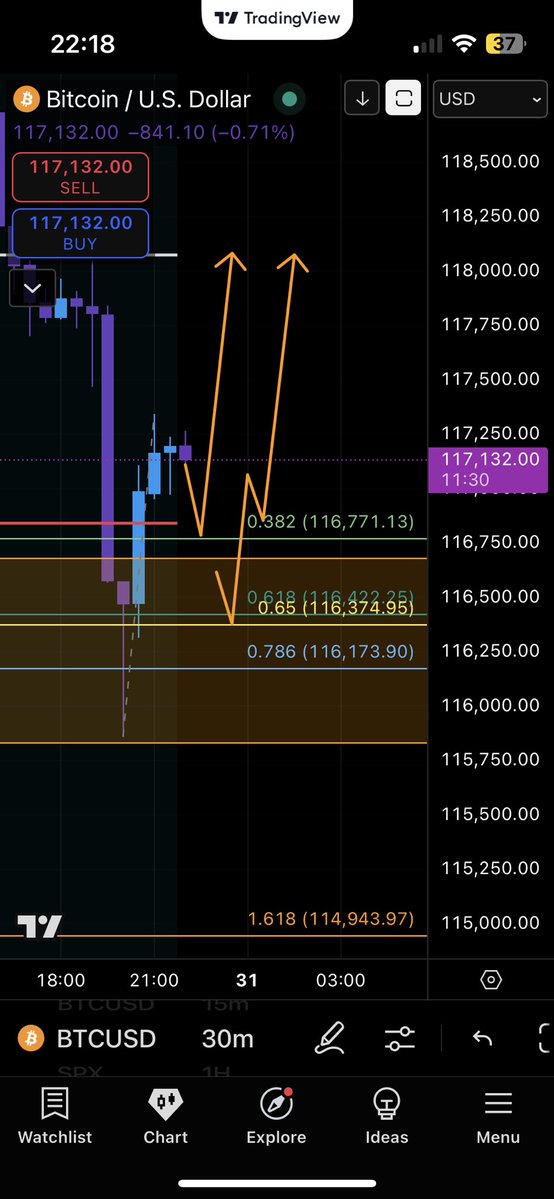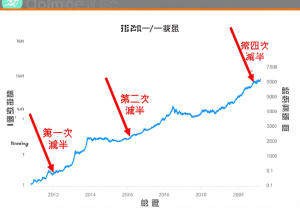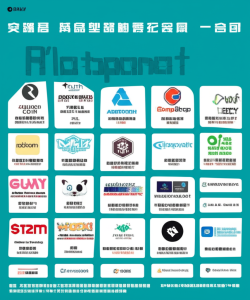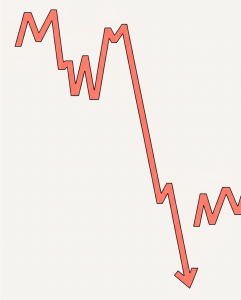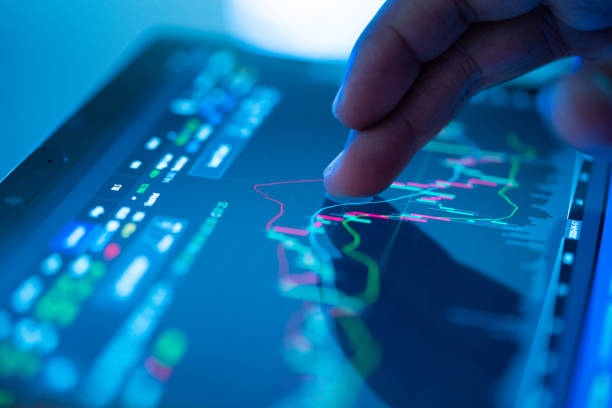
Market Analysis Through Digital Eyes: Interpreting Real-Time Stock and Crypto Trends
—
Understanding the dynamics of stock market charts, especially when viewed interactively on digital devices, offers fascinating insights into the heartbeat of global finance. The recent collection of images and commentary shared by VICTORIA HITHERNANN MICHELLE and others on May 18, 2025, sheds light on the pulse of contemporary market movements through the lens of digital analysis tools. Let’s unravel this visual narrative and assess what such data representations mean for traders and investors navigating an increasingly complex landscape.
The Anatomy of the Digital Market Dashboard
The images depict stock market analysis viewed on a tablet, where a hand or stylus actively interacts with charts populated by multicolored lines and candlesticks. Green lines or candlesticks typically signal upward price trends, representing bullish sessions, while red indicates downward trends associated with market pullbacks or bearish sentiment. The appearance of both colors, along with sudden spikes and dips, illustrates a dynamic, volatile trading environment.
This visualization does more than display numbers: it’s an interactive canvas that traders use to apply technical analysis — studying historical price patterns and volumes to project future movements. For example, the presence of fluctuating lines like the ones showing values such as 24.388 or tickers labeled “GFG12” reflects different instruments or timeframes being monitored simultaneously. Vertical bars, sometimes colored red or blue, are likely volume indicators or price change magnitudes during specific intervals, exposing market vigor or languor.
The digital dashboard also includes numerical data representing key indices or stock prices, illustrated by figures like 23263.46 in green, marking a positive uptick. Numbers such as 164,314.43 (+2.99) or 900.07 (+10.40) further annotate market breadth and strength, signifying active trading with tangible gains. Such real-time feedback assists traders in making split-second decisions, especially during volatile periods.
—
Technical Analysis – The Trader’s Toolkit
Technical analysis forms the backbone of interpreting these charts. By examining price fluctuations over time on candlestick or line charts, traders pinpoint patterns such as ascending channels, support and resistance levels, or breakout points. One prominent example mentioned is Bitcoin’s “beautiful ascending channel pattern” observed on the 1-hour timeframe — a hallmark of stepwise upward momentum that technical traders cherish [13].
The mixed appearance of green (positive) and red (negative) candlesticks implies a tug-of-war between buying and selling pressures. Market participants often look for patterns like doji, hammer, or engulfing candles that could hint at trend reversals or continuation. Vertical bar graphs supplement this by showing trading volume, which adds context — a price move with strong volume validates a trend more than one with weak volume.
Active technical interaction, as exhibited by the stylus pointing at specific points on a chart, suggests traders are examining critical inflection points carefully, possibly identifying optimal entry or exit markers. Such behaviors align closely with following momentum indicators, moving averages, or oscillators that aid in anticipating short-term market trajectories.
—
Market Sentiment and Volatility: Reading Between the Lines
The juxtaposition of green and red lines, fluctuating bar graphs, and changing ticker values hints at a market oscillating between optimism and caution. According to the commentary, the visible charts may convey an overall upward trend for certain assets, albeit punctuated by volatile swings [8].
However, other observations indicate periods of consolidation or downward trends as well, such as predominance of red candlesticks during certain intervals, reflecting price corrections or profit-taking phases [12][14]. This duality is quintessential to healthy markets where bullish enthusiasm is periodically tempered by sellers, preventing runaway exuberance and fostering price discovery.
Moreover, the data on alternative cryptocurrencies like $sols or tokens such as $POL (formerly $MATIC) captures the “prolonged bear market in the greatest bull market of all time,” illustrating sector-specific nuances within a broader market rally [27]. Such divergence shows that while major indices or Bitcoin might rally, select altcoins or sectors undergo their own cycles shaped by supply-demand dynamics and investor sentiment.
—
The Role of Social and Informational Influences
An intriguing aspect of today’s markets is how information dissemination, especially via social media, shapes trader perceptions and actions. References to a “Bitcoin Scarcity Misinformation Alert” reveal the sensitivity to narrative-driven market influences, where premature or inaccurate assertions about Bitcoin’s mining timeline could prompt hasty decisions [25].
Simultaneously, snippets about “crypto red packets” and promotional giveaways echo the gamification and community-driven culture surrounding cryptocurrencies, which adds layers of emotional and behavioral complexity to trading beyond mere fundamentals [15-18].
Others post real-time corrections in asset prices like Bitcoin dropping $3000 or ETH by $250, underscoring the importance of precision and timely market communication [19]. This immediacy can both empower and challenge traders who must filter noise from substantive signals.
—
The Broader Market Environment: Stocks, Crypto, and Forex
The collective snapshot hints at a “risk-on” environment on May 18, 2025, with stocks and Bitcoin surging while traditional safe havens like gold take a breather [20]. Such risk appetite correlates with economic factors, geopolitical stability, and macro indicators like the DXY (Dollar Index). Watching currency pairs such as EUR and AUD reflects the interconnected nature of global finance — moves in forex markets often reverberate through equity and crypto markets.
Indices like the S&P 500 (#sp500), UK100, and JP225 also feature, reminding us that traders balance their strategies across asset classes, making diversified decisions informed by myriad chart patterns and economic cues.
—
Conclusion: Navigating Complexity with Digital Precision
The images and commentary from May 18, 2025, reveal a tapestry where real-time data, technical insight, and market sentiment converge on handheld devices, empowering traders to read the market’s fluid language. The interplay of green and red, volume bars, price tickers, and hands actively engaging the charts underscores how technology reshapes investment decision-making, moving beyond passive observation to dynamic interaction.
Yet, amid data richness, clarity demands discernment. Recognizing patterns is just the beginning; parsing misinformation, emotional biases, and external influences is equally vital. These images symbolize an era where successful market navigation requires both analytical rigor and adaptive learning — a continuous dance between numbers and nuance.
As markets evolve, so do the tools and mindsets of participants. Whether you are a seasoned professional or a novice investor, the digital canvas invites you to explore, question, and ultimately embrace the vibrant complexity of modern finance.
—
Sources

